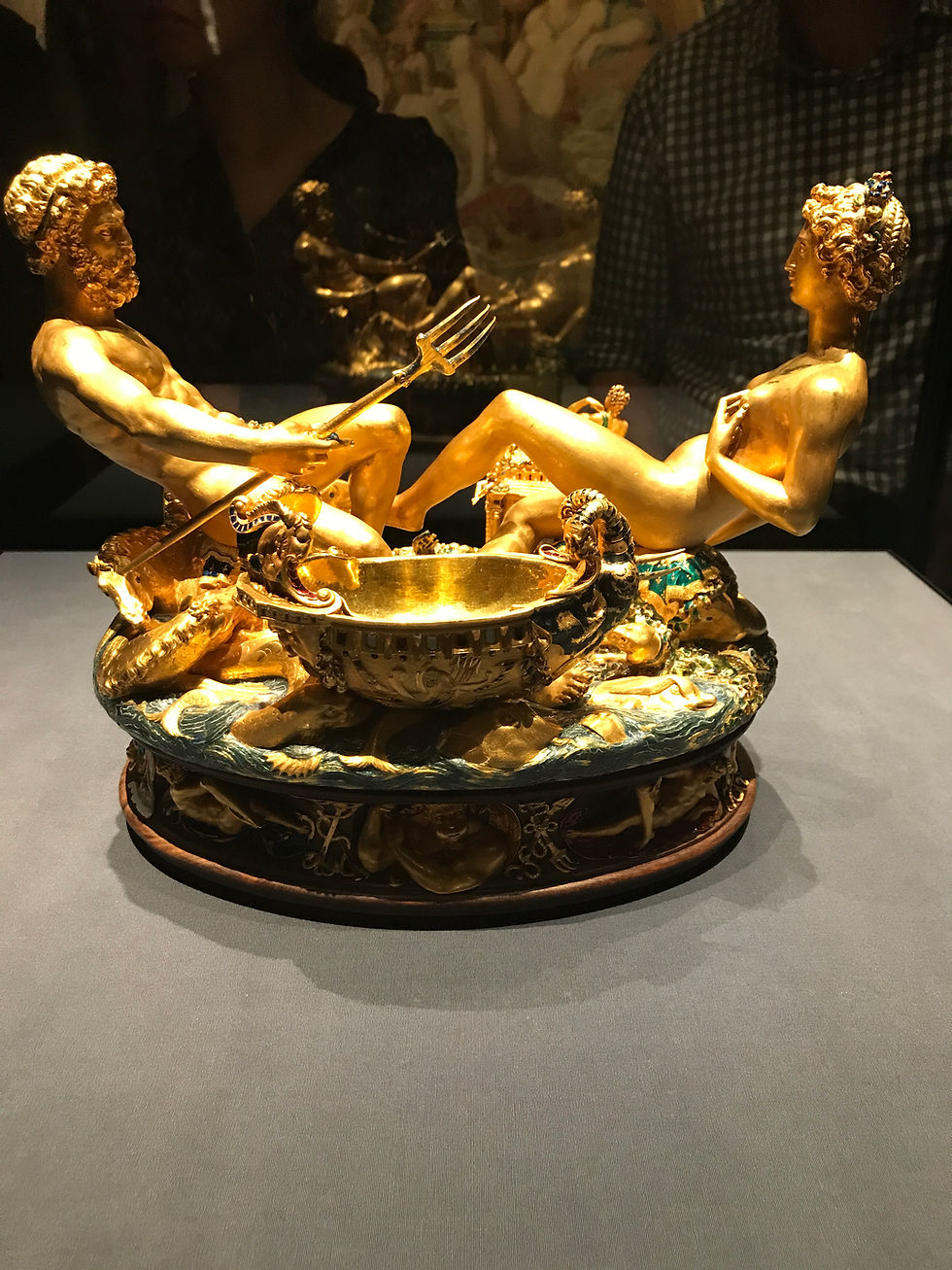Business of Culture - by MIT - 2
- G. Liberati

- Sep 27, 2017
- 4 min read
Episode 2: The learning experience
The Austrian MIT Bootcamp program was a great opportunity for me to learn multiple things. Most of them will surface overtime as details or eye-catching moments. However, the summary of the lessons learnt can be grouped around 3 pillars:
1 - Culture is for People; People is Business
All cultural institutions we met rely on public attendance and interest. Most of their revenue comes from ticketing and less and less public money. Although benefiting from special “entity form” (e.g. the Salzburg Festival), attendance is key.

Attracting people means engaging a continuous conversation that should overcome the generation shift. Particularly relevant was the Kusthistorische Museum, which is organizing “happy hours” to attract younger generations, and the Salzburg Festival, with the overbooked kids program.
The dilemma is how far an historical institution should shift from its tradition to follow recent trends and engage a younger public. It is not by chance that the deployment and use of technology is so far not so widespread and even at times, pushed back.

The conundrum between Tradition and Innovation is like a rubber-band being pulled from the two extremes.
The tension that builds up could at a certain point make, either side, snap. As a matter of fact, it is extremely important to understand the development of the inner tension in any human-centered organization.
Anticipation of the snap point is critical for the future of any organization
As a matter of fact, most traditional profit-driven businesses might take advantage from an in-depth analysis of the relevance of people, as customers, as employees or just as simple influencers to assess their "snap points" which could trigger disruption, loss of market relevance or talent drainage.
2 - The intrinsic economic value of Tradition
Every entity we visited was driven by an inner purpose: extend the Tradition. It was somehow impressive to see how the Ludwig Reiter’s younger generation set a goal of broadening the brand scope while wanting to maintain that “Imperial way of making shoes”.
Is Tradition a limiting factor or a winning feature in a Globalized “all-look-alike” economy?
Is there a cap in growing the top line prior to jeopardizing the inherent Tradition?
What is the cost of attracting new customers and maintain the historical ones?
Definitively the risk of losing market opportunities is at hand; however, if the entity P&L can sustain it, there will always be a market for tradition-based businesses.
Nevertheless two major risks were identified: a) loss of know-how; b) becoming too elitist.
In both cases education could and should play a central role. The first by designing and engaging with specific training programs, craftsmanship and passion can be transmitted to younger generations. At the same time, reaching out to the middle class, will be necessary to avoid thinning of the customer base and to engage a broader public. From this perspective we found common points between Ludwig Reiter and the Salzburg Festival.
As Franklin Foer says in the interview with Angela Chen presenting his book "World Without Mind" with The Verge magazine:

"We need to treat culture as something that is incredibly important and incredibly worthy and incredibly virtuous. We should think of ourselves as better human beings, if we’re consuming the “right” intellectual goods. That’s a very elitist sort of attitude, but I think we need to have that sort of elitism in order to set the terms for the entire intellectual economy, and also it improves the culture. Our culture is only good if we have standards about what’s worthy and what isn’t and paying for things is a pretty good sign of something being worthy."
The bottom line is, Tradition should be appreciated but not sold as precious goods.
3 - Never Limit yourself
The driving force behind any established business is a vision. However, that vision should be implemented daily. Success in the Business of Culture realm comes with fulfilling a vision that bridges the past and the future.
As an example, imagining Demel Konditorei, through their mother company Do&CO, catering the F1 circuit does not seem a right match.
And what about the peaks of tension and open musical and theatrical provocations of Aribert Reimann's Lear in the context of the Salzburg Festival?

With the words of A. J. Goldmann in his Opera News review of Lear, we can feel the tension of tradition and innovation.
"Salzburg[...] is a festival in which conservative audience tastes and progressive artistic agendas are frequently at odds. If Salzburg artistic director Markus Hinterhäuser’s inaugural season is any indication, he is actively working against the festival’s traditionalism."
To lay bridges between the past and the future, Tradition and Innovation, it takes extraordinary strength, faith and vision.
The Vision is an energy generated within our souls that pushes us to overcome obstacles which might be laid along a developing path.
At first and oftentimes we sound like fools in front of the general "public",
Hence the key lesson: Never Limit Yourself.
The environment, the markets and the organization of a business will be there to limit or set the boundaries. However, it is our responsibility to keep advancing while being ready to adjust to engage others who couldn't see, believe or understand our Vision.
[to be continued....]


Comments